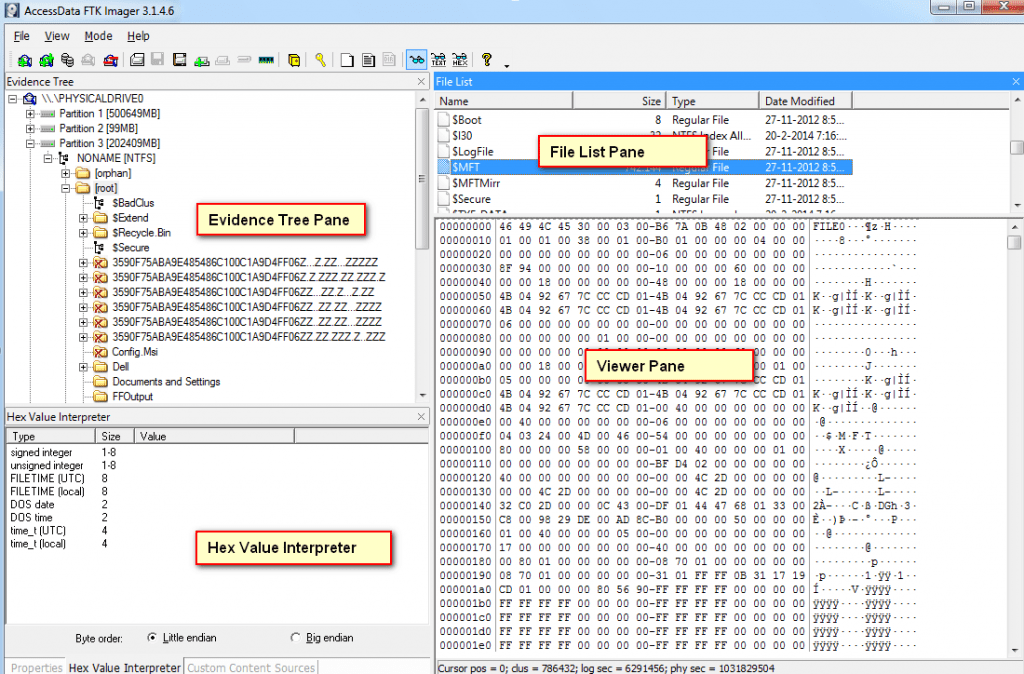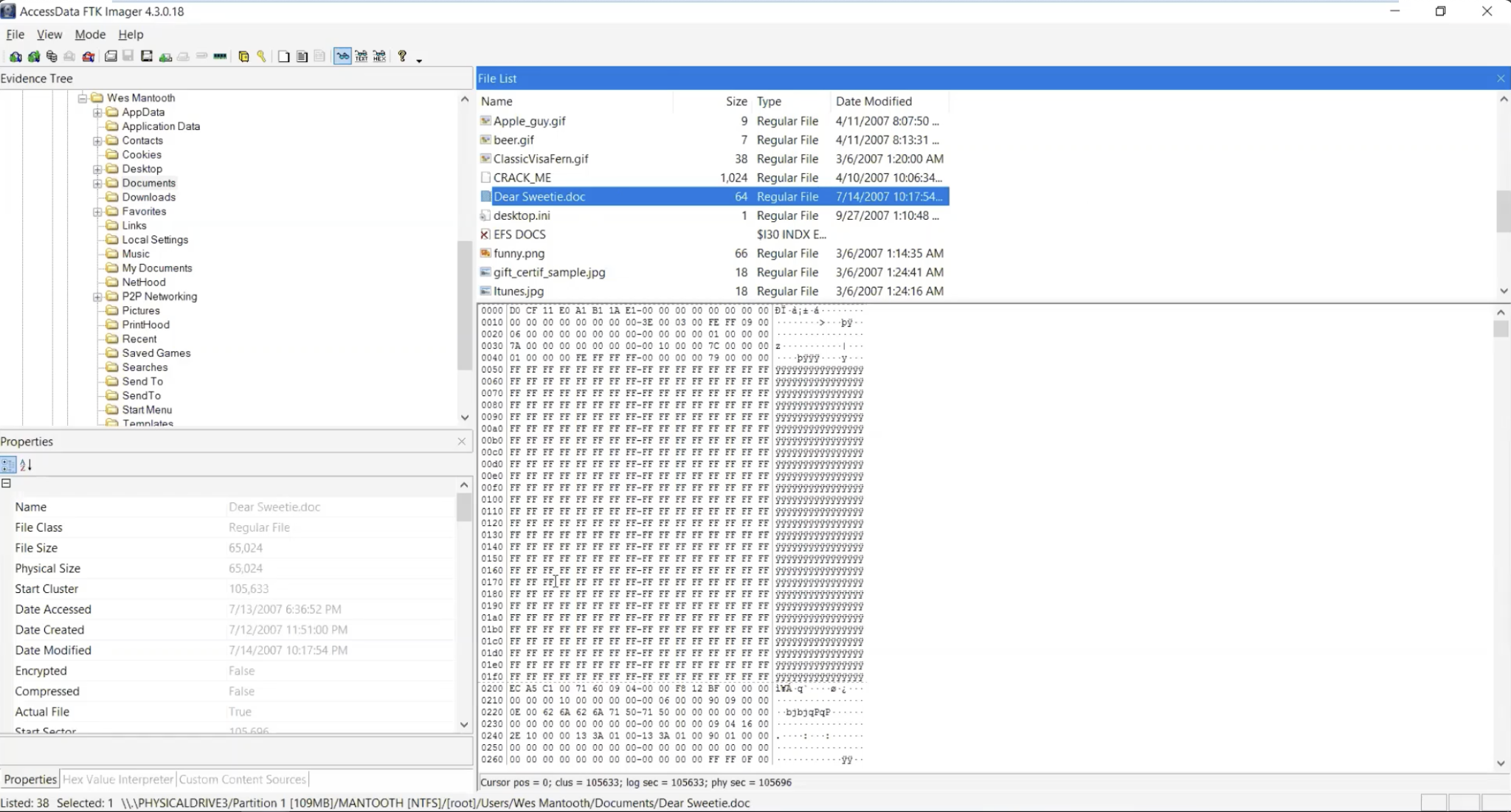

I maintained my snobbish attachment to plain old dd for a long time, until I finally got tired of restarting acquisitions, forgetting checksums, and making countless other errors. Questions, comments, suggestions, or experiences? File system questions? Leave a comment below, or send me an email.There are many utilities for acquiring drive images.
#Free ftk imager download full#
It is not a full forensic tool it is a tool for understanding filesystems. Android uses the ext4 filesystem, which is a Linux file system that Windows cannot understand, but FTK Imager can parse through it with ease.įTK Imager, however, is limited. The image of your phone is a file which Windows, Microsoft Office, or any other program you frequently use could not possibly understand, but FTK Imager parses through it perfectly. Here is a good writeup onįile carving, or putting together files based off of headers andįTK Imager is a powerful, free tool which allows the user to examine a forensic image. docxĮxtension, it may pass under some basic file scanners, but goodįorensic tools will identify this renamed file as suspicious and If you have a nasty piece of malware and rename it with a.
#Free ftk imager download pdf#
Other file types, like ZIP archives, PDF documents, and executables. The first few bytes, or the file header, are FF D8 FF as seen above. The way we traditionally identify a file type is by theĮxtension. You'll notice the firstįew bytes of the image look something like this:Īnd footers. Open the photograph you extracted in a hex editor. I personally use HxD Hex Editor, though there are many other wonderful ones.

#Free ftk imager download install#
If you've not installed a Hex editor, go ahead and install a hex editor. Taken and export it to a location on your computer.

Most modern phones work this way.) Pick out a photograph you've Some in the userdata partition at /media/0/DCIM, which is your cameraĭirectory (assuming your userdata partition acts like an SD card, and Go ahead and export a photograph if you can find one.

Previously I mentioned that you can export a file to your computer. Viewing the hex of the file may reveal this kind of data. A photograph file opens by default in an image viewer, but the image viewer will not display geolocation data or data related to the camera which took the photograph if it is embedded in the file. Looking at the hex of files allows you to understand the file at a deeper level. Helps to have some good forensic tools at your disposal. It takesĪn experienced examiner, or a curious tech mind, to do this. Think.) You may be able to find the photograph in the hex. Photograph you took with your camera and cannot recover it (or so you


 0 kommentar(er)
0 kommentar(er)
